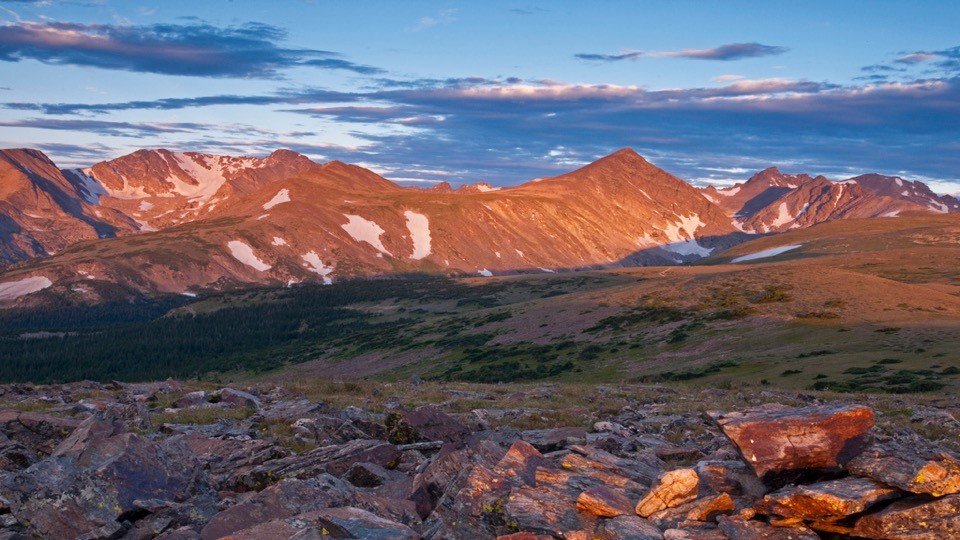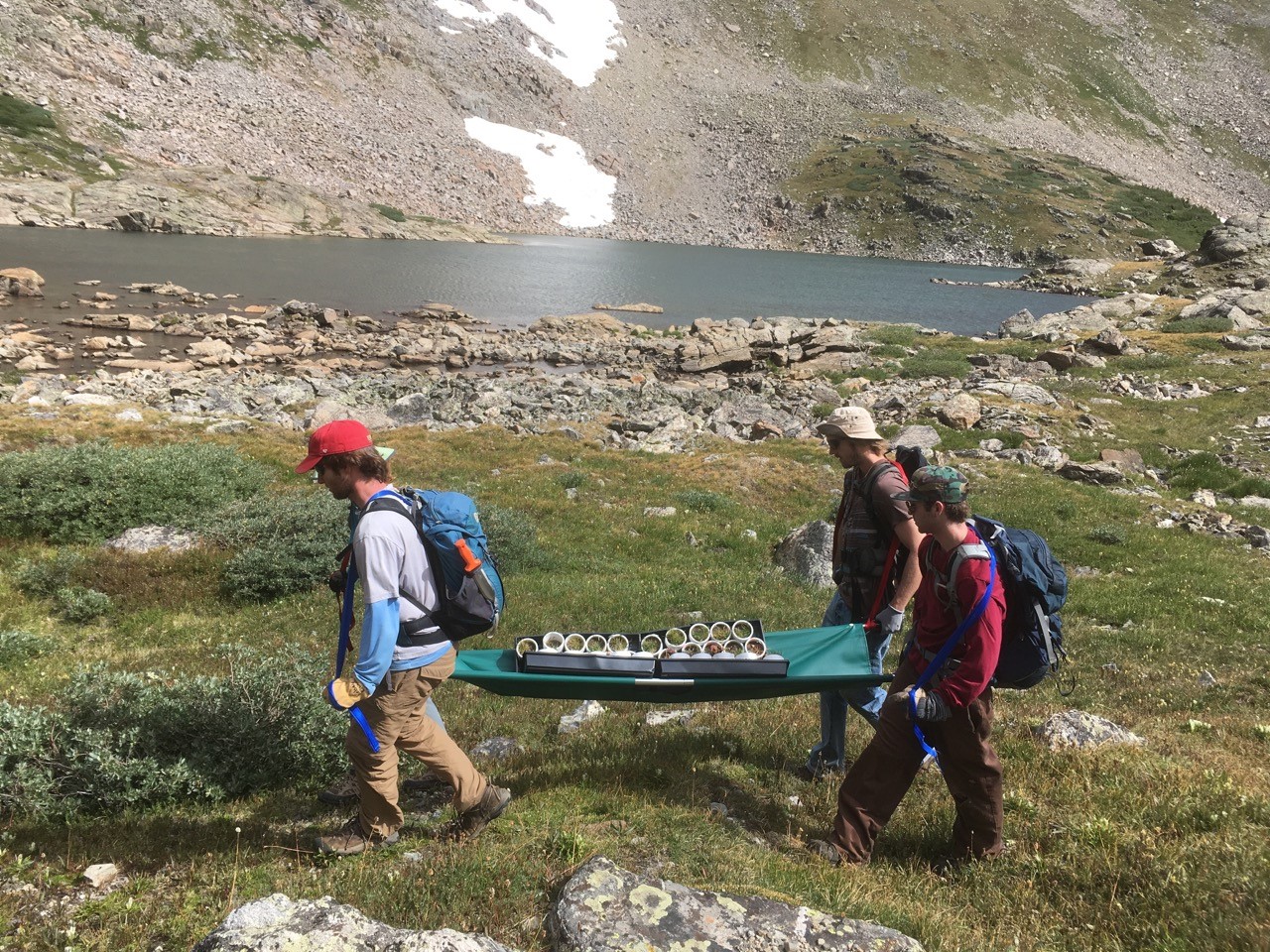
Figure 1. View of the Niwot Ridge LTER Site in the Rocky Mountains, Colorado, USA.
Credit: Used with permission from William D. Bowman
by Cliff Bueno de Mesquita, Niwot Ridge LTER
This month Cliff will be sharing some of his dissertation work from his beloved alpine field site at the Niwot Ridge LTER site in the Colorado Rocky Mountains (Fig 1).
Mountainous areas often experience a greater magnitude of climate change than other areas. Data collected from our long-term records at Niwot Ridge show that summer temperatures are increasing (Figure 2) and snow is melting out earlier. How will plants respond to these changes?

Figure 2. Increasing summer temperature trends at Niwot Ridge. Shown are lines from linear regression (red) and a loess function (blue).
Credit: From Bueno de Mesquita et al. 2018, Arctic, Antarctic, and Alpine Research.
One way plants and other organisms can adapt to climate change is by moving into suitable habitats. As climate warms, this typically means moving either up in elevation, or poleward in latitude. To colonize new areas, plants rely on their seeds to first disperse there, after which they must successfully germinate, grow, and survive. Such distributional shifts are important because if organisms can’t track their suitable climate for growth and reproduction, they could be killed either by unfavorable conditions where they currently are, or competition from more warm-loving species that are thriving in the warmer climates.
Here at the Niwot Ridge LTER, an experiment just concluded in which we hauled pots (Fig 3) of several alpine plant species up to 3900 m elevation (12800 ft) and transplanted them into unvegetated soils beyond their current range. We manipulated when the snow melted as well as which microbes the plants were grown with to see how these two factors influenced plant performance in a new habitat. By microbes, I mean the microscopic bacteria and fungi that grow in soil and often play important roles for plants, particularly in making nutrients plants need more available. To manipulate snowpack, we spread a thin layer of black sand onto the snow to absorb more solar radiation relative to clean snow. Think about what it’s like wearing a black shirt on a sunny day compared to a white one! To manipulate the microbes, we grew plants in soil collected from different areas that we knew had different microbes.

Figure 3. Our team of strong ecologists carrying up the transplants on a stretcher!
Credit: Jane G. Smith
After two years of growth at our site on Niwot Ridge, one of the three plants were doing very well, while the other two mostly died. The one plant that had good survival had differences in growth depending on which microbes we gave it, suggesting the microbes played a role in plant growth in new habitats. We also observed the snowbed melted out earlier and earlier each summer, such that by the 2nd summer, we saw negative effects of earlier snowmelt on plant survival. Areas where snow melted out too early may experience dry conditions later in the summer. Overall, our results show that 1) not all plants will be able to colonize new habitats to track suitable climates, 2) microbes can influence plant growth in new habitats, and 3) early snowmelt may help plants colonize higher elevation areas, but too early snowmelt may be detrimental, likely due to less water availability later in the summer.
Author Biography: Cliff Bueno de Mesquita is a doctoral candidate in Katie Suding’s lab in the Department of Ecology and Evolutionary Biology at the University of Colorado Boulder. Having first been a participant in the Research Experience for Undergraduates program at Niwot Ridge, then moving on to conduct all of the field work for his dissertation on Niwot Ridge, he has worked on Niwot Ridge for six summers and enjoyed every moment (except for maybe the scary thunder hailstorms)! Outside of the lab, Cliff enjoys spending time in the mountains hiking, climbing, and skiing, as well as playing rock n roll music with his band, The Casual Ales.











